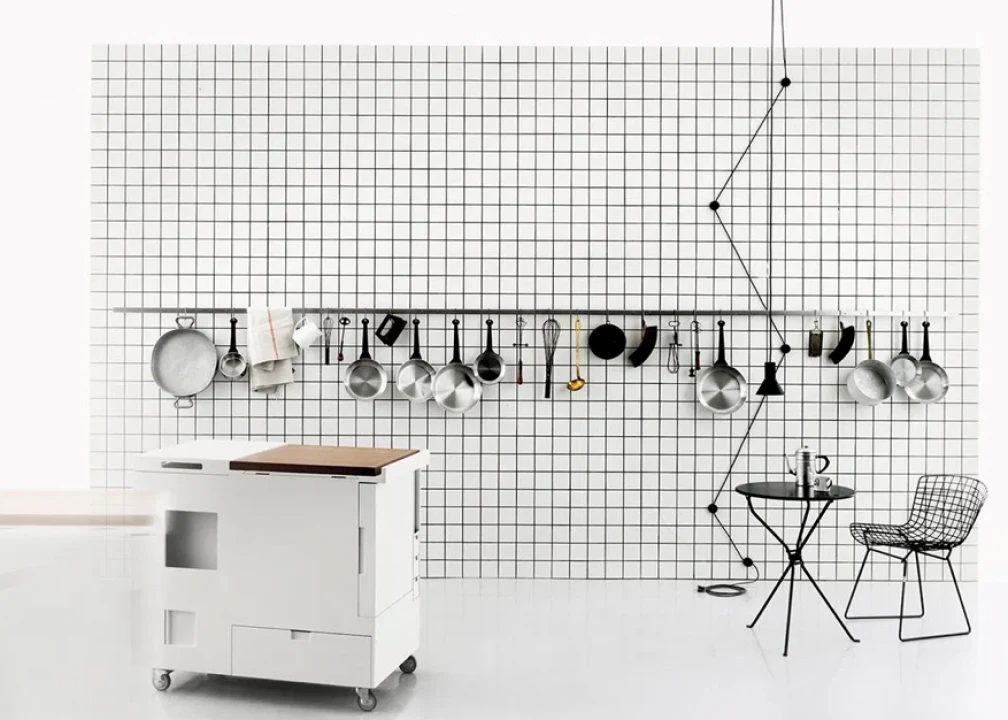Cesare Colombo (aka, Joe), whose death marks 50 years this year, was one of the great Italian geniuses of the second half of the twentieth century, although Wikipedia insists on defining him as "simply" an architect and designer.
Someone has rightly called him the James Dean of Italian design for his life, short but intense (he died of cardiac arrest at the age of only 41 years, the day of his birthday) and for his vices - Bacchus, tobacco and Venus - which have made him a bit similar to us common mortals.
In reality he was an absolute visionary and a genius. Design for him was first and foremost the imagination of the possible. But it also was prefiguration of the future: because, unlike the men of his time, he had a clear intuition of the mutations that technological development would produce in our daily lives.
In the 1960s, during a trip to America with Gae Aulenti, Joe told her that we would all soon be living with telephones in our pockets and that the future of work would take place in our own homes. In short, all visions that have come true.
Joe was born in Milan in 1930, he completed his artistic studies at Brera and then tried his hand at architecture at the Polytechnic without ever obtaining a degree. A child of pop art and plastic culture, influenced by the futuristic suggestions of the science fiction of the '60s, Joe Colombo, who liked to call himself the creator of the future environment, embodies the most technological aspect of Italian design.
When he was very young, he designed nuclear cities where everything takes place underground except for the marvelous transparent silhouettes that populate the emerged spaces, while around the 1960s he revolutionized domestic space according to new and very personal horizons, up to the conception of living capsules.
Just think about the Mini-Kitchen monoblock on wheels designed for Boffi in 1963, where Colombo imagined a compact mini-kitchen on wheels that, in half a cubic meter, contained all the useful functions (washing, cooking and storage for food). A piece of furniture that immediately became a manifesto for contemporaneity. Those were still the years of the woman as the angel of the hearth, absolute queen of the kitchen. Years in which to imagine that society would change in a short time with the arrival of singles, home-studios, co-working and increasingly smaller studios, was virtually unthinkable. His was such a visionary project that it ended up hosted (like others in his career) in 1972 at the MoMA in New York.
In his life he designed everything. Beds that can be pulled out or covered with hoods that close like those of an open car. Chairs built with cylinders like the famous Tube Chair chaise-longue. Lamps and lighters. In the years of the economic boom, then, he worked for the icons of a country that was finally rich, and built innovative habitats for them.
Among other things, he also designed Smoke, a glass shaped to be held with just one finger - the thumb - allowing you to smoke a cigar at the same time. Because that's how he conceived life: intense, cheerful and joyful.
Prosit, Joe!




